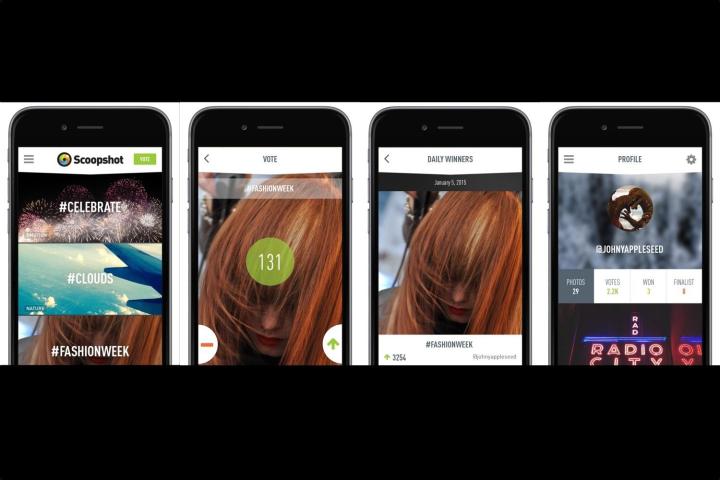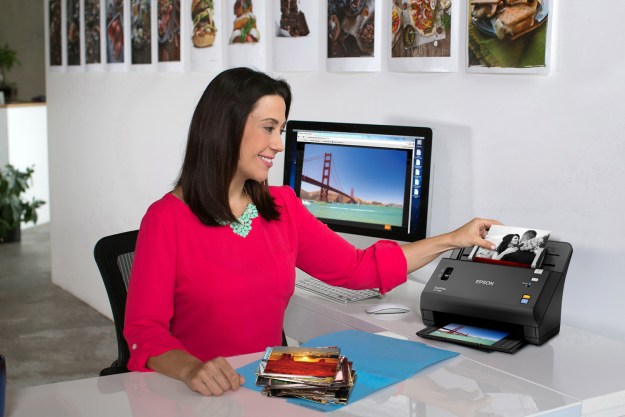
For those who are unfamiliar with the app, Scoopshot is a photo marketplace designed for users to take their mobile photos and upload them to the Scoopshot database, marking the price of their choice for each photo. The company describes itself as “the leading mobile platform for photo and video crowdsourcing with authentication technology.” Brands, publishers, and marketing agencies browse the database and can purchase the rights to your photo. With version 5.0, Scoopshot has introduced daily contests aimed at encouraging users to use the app by giving exposure to the winners. They can choose from nine daily contests that run for 24 hours, and can upload one picture per contest.
Winners are determined by the number of votes an image receives from the community of users (which also to your reputation points). Winning photos get showcased, but all submitted photos are made available for sale to brands and publishers; a user will earn $10 if a photo is sold. Besides the contests, the app has improved navigation, profile page, and activity page.
Related: How startup Snapwire plans to revolutionize the agency model
How else can you sell your pictures on Scoopshot? In addition to simply uploading a picture and setting a price, brands will upload requests, called tasks, for specific types of photos they are looking for.The brands/publishers set the price they are willing to pay, which ranges from approximately $7 to $150. There is also a way to receive some advertising revenue if your photo is published online, using Scoopshot’s In-Image Ad Network. As a company, Scoopshot’s approach is somewhat similar to the business model of another Snapwire’s business model,
Scoopshot’s app is available for iOS and Android.
Editors' Recommendations
- How $80 of photo processing software magically saved me thousands
- How to clean up and organize your photos
- Google Photos will start charging you for uploads today
- This new Canon photo app will help you decide which pics are worth keeping
- Nikon shows off the winners of its 47th small world photo contest


